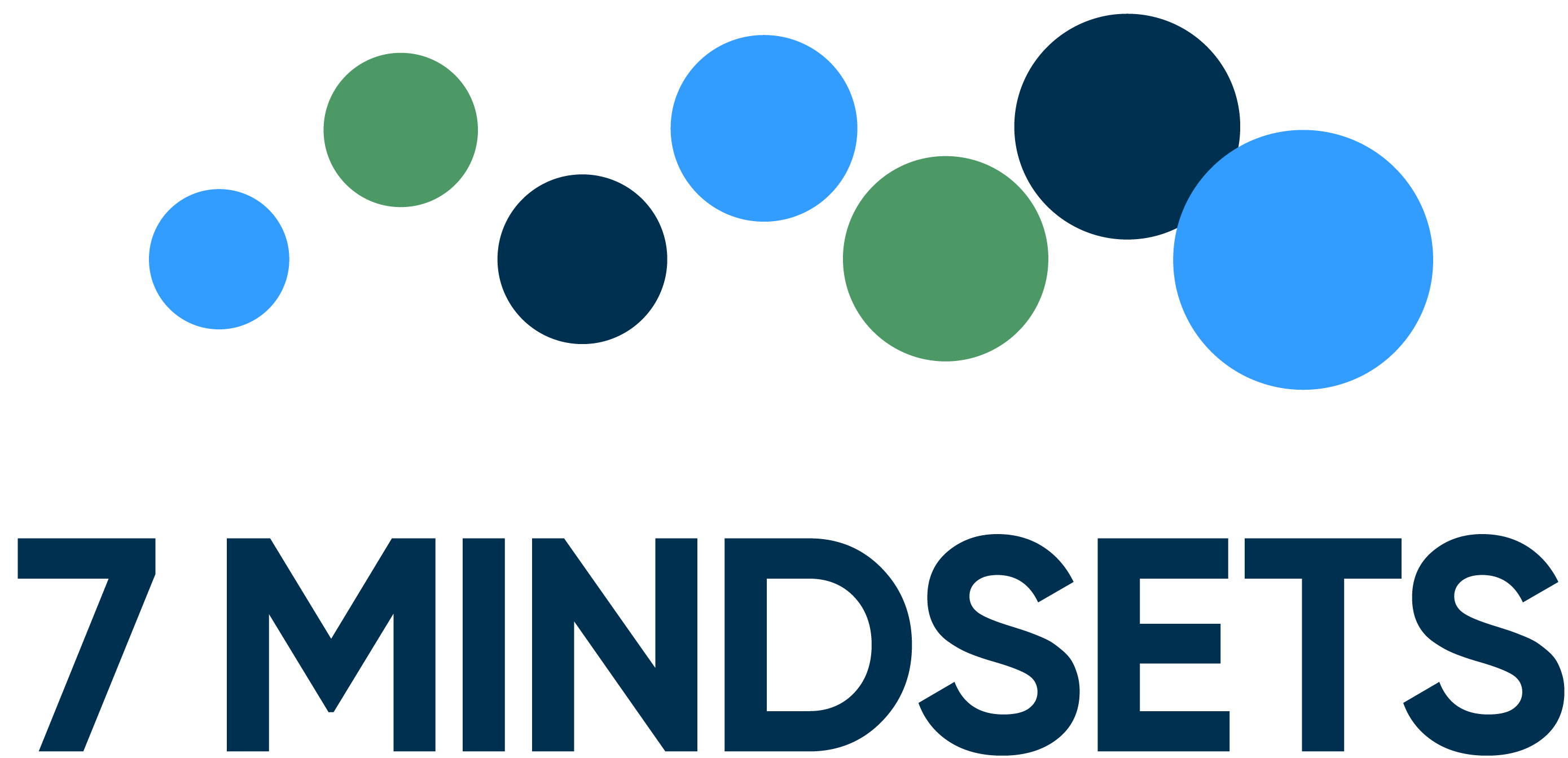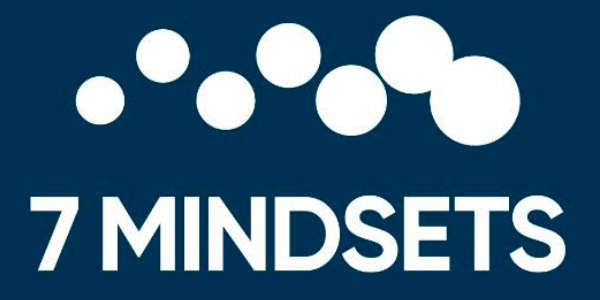According to recent studies, only 20% of the population sets goals, and as many as 92% of those goals are never achieved. That said, I’ve never met a highly successful person who doesn’t regularly set personal goals.
Goals are critical. They keep you focused on what’s important, and allow you to make the best use of your 24 hours each day. When tackled correctly, they force you out of your comfort zone and help you grow more than you would without them.
And, perhaps most importantly, they give us control of our destiny. Just by setting a goal, you are taking an active role in driving new and better results in your life. What could be more important than that?
Teaching our students to set goals effectively can be life-changing. However, as we teach goal-setting to our children, we need to make sure we’re showing them how to use goals to have the greatest possible positive impact on their lives.
Here are six strategies for smart goal setting for students that can help them maximize the potential of their lives:
1. It must be on their terms
The most important thing to remember is that these are their goals, not yours. One of the biggest mistakes many parents make is wanting their children to live in their images and in alignment with their definitions of success.
In doing so, these parents unconsciously push their children down inauthentic paths that will surely result in reduced success and meaning from life. This won’t do your teens any favors.
Parents have experience and should try to impart their wisdom, but we need to provide guidance around the process of goal-setting, not try to determine the specific content of the goals.
2. Connect their goals to the ultimate currency… happiness!
What we want for our children is happiness on their terms. Now, what does happiness mean? Is it financial success, simply having fun, or is it much deeper than that?
Perhaps the best happiness description I’ve ever heard was provided by Dr. Martin Seligman¹. Dr Seligman’s definition has three facets:
The first part of happiness is defined by high emotions such as love, gratitude and joy.
The second aspect of happiness involves actions that seem to make time stand still, what positive psychologist Mihaly Csikszentmihalyi describes as a state of Flow².
The final component of happiness defined by Seligman is finding meaning in what is accomplished in life. He also suggests that people and relationships play a vital role in all three aspects of his definition.
So, if we want our children to be happy in life, we want them to have some fun along the way. More importantly, we want them to do what they love by focusing on things that mean a lot to them with people they want to be around.
As we teach them the value of goal-setting, we should orient them toward this authentic life. A great way to do this is to support their process of self-discovery. This could be as simple as a discussion about their interests and strengths, or as involved as applying testing and analytics via the myriad of self-discovery tools that exist today.
3. Help them frame their lives
Every year, we ask students to share their dreams and goals. Almost invariably, they focus on planned professions, from athletics to music and medicine to law. Because of the extrinsic nature of our society, it’s easy to get very narrow with our vision for life and lose sight of some crucial components to our happiness.
One of the first things you want to do is help your teens frame their lives. Walk them through a simple list of life priorities, which might include things like family, friends, faith, health, education, profession, wealth and social impact.
Ask them to consider all these areas as they think about and plan for the future, so they can set goals that will provide the greatest benefit to them. I suggest having them identify their top two or three to get started. This will help them stay focused on a few areas, get some early wins, and set themselves up for larger and greater successes in the future.
4. Teach them to dream big but play small
I’ve heard it said (falsely) that goals are dreams with a deadline.
I see goals more as the critical steps we take on the path to our dreams. The things we measure most often improve in our lives, so we must help teens set goals that are specific and measurable.
For example, setting a goal to lose weight is much less powerful than a goal to lose ten pounds in six months. Remember that success is never one huge leap. It is almost always a succession of hundreds or thousands of tiny steps forward… and most likely with a few steps backward along the way.
The greatest replicator of success is success. It’s both easy and common to give up on goals – and, therefore, dreams – if they’re too lofty or far away. That’s why it’s essential that goals be discrete and achievable.
For instance, rather than a student setting a goal to make straight A’s, it’s actually more effective to set a goal to make an A in math, or perhaps focus on making an A on the next test.
The sense of gratification they get from accomplishing small yet meaningful goals will help sustain the energy and belief as they move towards greater accomplishments. Help them learn the benefits of keeping goals small, manageable and short-term. We all know that most teens don’t have the longest attention spans, so these types of goals will harmonize perfectly with this shiny-object syndrome.
5. They need to take stock along the way
Setting goals can be a double-edged sword. It can drive purposeful action in our lives and allow us to achieve more over a shorter period of time. However, we need to be careful with ourselves and with our children, because goals can also be a source of anxiety.
All of us have the tendency to create a hyper-focus on future circumstances. This can produce an “I’ll be happy when…” mentality, when what we want is to find inner happiness in this moment.
With this awareness in mind, try to intertwine the process of goal-setting with an ongoing habit of recognizing existing successes and accomplishments. The present should never be sacrificed for the future, and goals should simply be tools to get the most out of time we have.
6. Make goal-setting as engaging as possible
We all know that, when working with teens, we’re competing with a constant barrage of distractions – video games, social media, and the opposite sex. This process is predicated on patience and self-discipline, but we need to change it up a bit sometimes to help get the process started.
Here are some ideas for doing so that I’ve seen used very effectively to encourage goal setting for teens:
- Make it a game – Use goals in healthy competition. Challenge teens to achieve their goal(s) prior to you achieving yours. Find something they’d really like and use it as a bonus (try not to make it material – a good reward is more privileges such as a later curfew). Trust me, if your teen can set and accomplish goals, that’s a great indicator of trustworthiness.
- Make it a group activity – It can be helpful to include additional friends and family members in the process. It may be challenging trying to get your teen to open up in larger groups, but if you can, this can dramatically heighten their engagement and the impact of goal-setting.
- Start with a bucket list – Creating a list of things he or she wants to do in life is a great way to engage and excite your teen about the ways goal-setting can help.
- Graduation speech – Thinking about major upcoming events like giving a graduation speech can be extremely impactful and emotional for your teens. A great way to start a goal-setting discussion is for them to imagine speaking to all their friends and family about what’s important to them and what they’ve accomplished. This organically helps them start the process of understanding what is important and where they need to focus their goals. It can also be a great tool for building intrinsic motivation, as many kids have a hard time conceiving life beyond the next 24 hours.
- Use visual aids and technology – It can be very helpful to think beyond the pad and pencil. So many tools exist today that allow us to express ourselves. Many people create dream boards and set goals on Pinterest and other social media sites. Through these sites, they can express their goals through pictures, video, music and imagery. Consider utilizing the multitude of apps that exist today that make goal setting much more engaging. Or you can always go back to the basics with poster board and let them cut up magazines to create dream boards and set goals for realizing them. This can be a useful visual that hangs on the wall as a constant reminder of where they should be spending their time and focus.
We all want what’s best for our kids. Teaching them to think in terms of setting and accomplishing goals will help them become their own best sources for fulfillment, and provide the recognition that they control the outcomes in their lives.
Through smart goal setting for students, we can give our children the most important gift any parent can give: the ability to thrive in life without us.
If you like this article, please share it on social media!
¹Seligman, Martin EP, and Mihaly Csikszentmihalyi. Positive psychology: An introduction. Vol. 55. No. 1. American Psychological Association, 2000.
²Csikszentmihalyi, Mihaly. Flow. Springer Netherlands, 2014.





